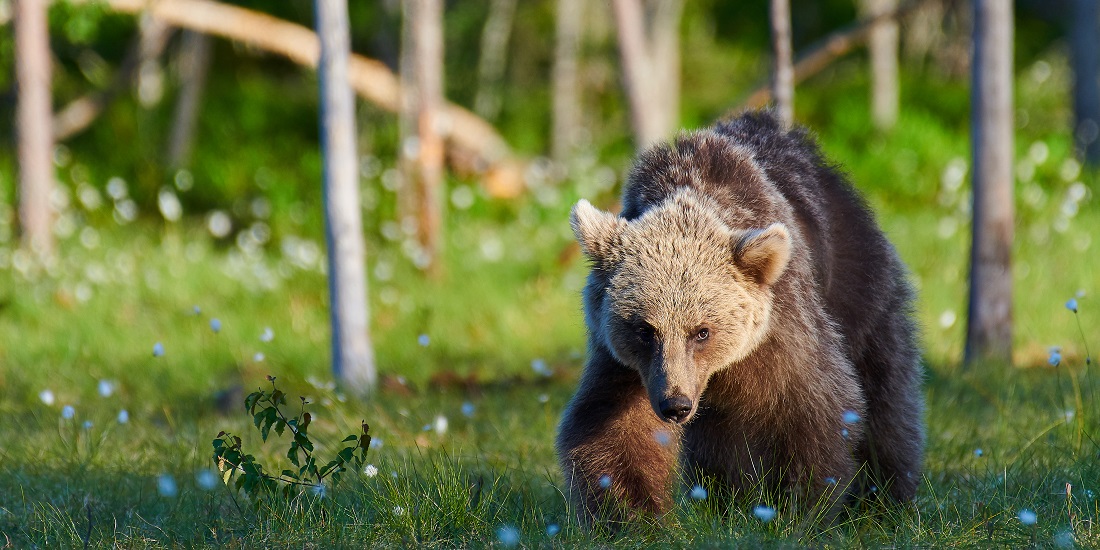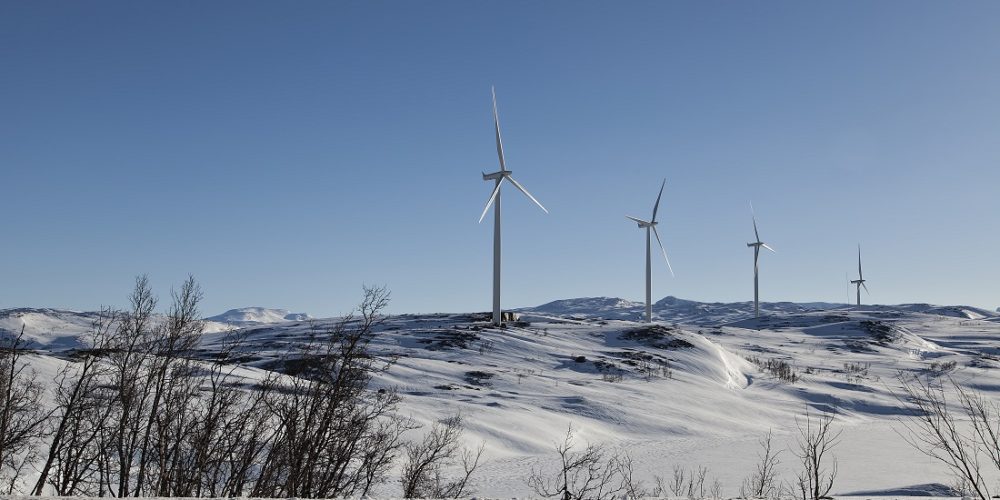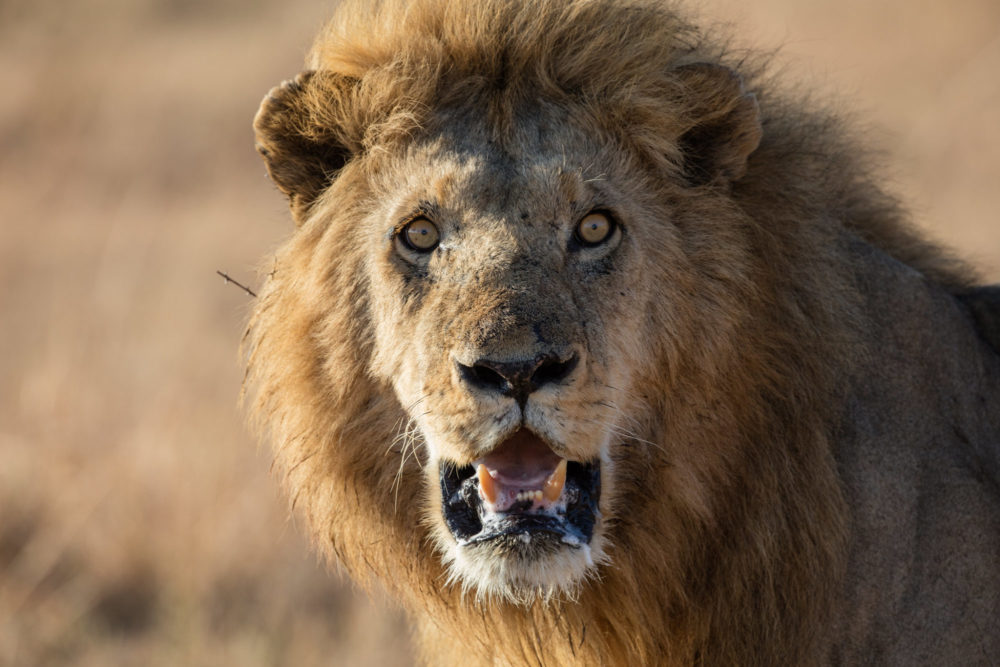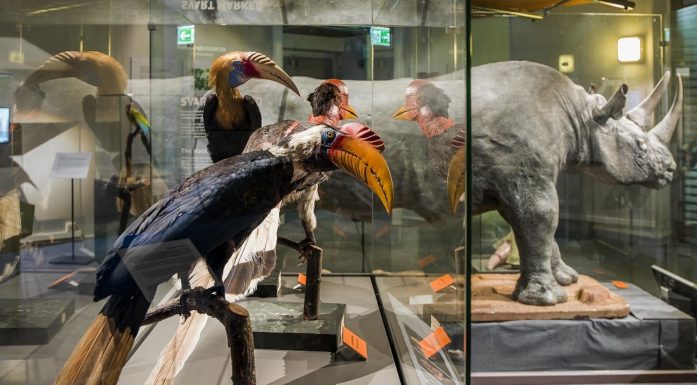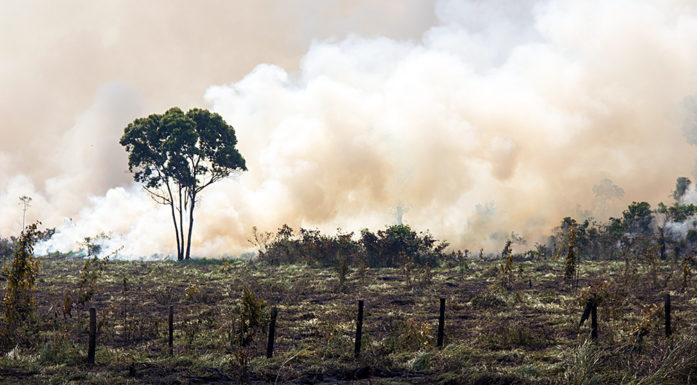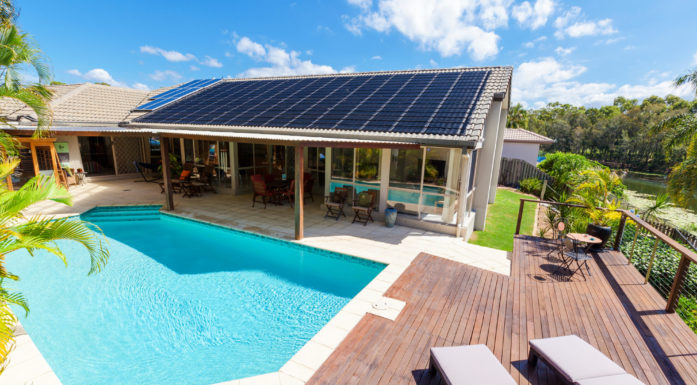What is nature worth?
Climate change is not the greatest threat to the diversity of species on Earth. The main problem is that animal and plant habitats are disappearing.
What is nature worth? Can we even put a value on nature at all? A group of researchers at NTNU intend to investigate that question.
They will delve into the major reason why at least one million species are threatened with extinction, summed up in the not so catchy term “land-use change.” In fact, the term means that we are using ocean and land areas for something else than what they were used for previously. The habitats of animals and plants are disappearing.
A growing population that wants a higher standard of living needs land.
“The increased need for land and resources is really an important reason – globally – for the degradation of nature”, says Ivar Herfindal, a researcher at the Centre for Biodiversity Dynamics (CBD) at NTNU.
40 PhD positions for sustainability
- Several NTNU departments are collaborating on a project to find values in nature. Participating in the study are the geography, biology, natural history and industrial economics and technology management departments.
- Four doctoral students will be admitted, one to each department. These positions are part of a massive call for proposals from NTNU this autumn, where up to 40 PhD positions within sustainability will be advertised at once.
- The project leader is Professor Bernt-Erik Sæther, who is also the director of CBD. In addition to Ivar Herfindal, Professors Gunhild Setten, Ottar Michelsen and Associate Professor James D. M. Speed will each head their own work package.
- The goal is for the research to include a large degree of interdisciplinary collaboration and overlap. For example, students will largely work with biodiversity from the same geographical area, such as selected municipalities in Trøndelag county. Shared meeting places will enable discussion and exchange of experiences and ideas.
“Land is needed for a growing population that also wants a higher standard of living,” he says. “With the growing numbers, ever more people want ever more things.”
By identifying a number of values for different types of ocean and land areas, the research group wants to create a tool that can be used to help choose between nature and other values. For example, is it right to build wind turbines that kill birds and perhaps insects?
Climate change rarely to blame – so far
With all the attention being paid to climate change, a lot of people would probably be surprised to hear that the global rise in temperature is not the biggest threat to Earth’s species diversity.
The Intergovernmental Science-Policy Platform on Biodiversity and Ecosystem Services (IPBES) consists of researchers and partners from 132 countries. They are closely linked to the UN.
In 1950, one million wild lions roamed Africa. Today their number is just over 60 000. Not a single one of these lions has disappeared due to climate change.
The IPBES ranks land-use change as the greatest threat to biological diversity. The second biggest threat is the direct use of natural resources, such as hunting and fishing, gathering plants for food and medicine, and deforestation for firewood and building construction. Climate change is the third worst factor, according to the IPBES.
In 1950, one million wild lions roamed Africa. Today their number is just over 60 000. Not a single one of these lions has disappeared due to climate change. Instead, lions disappeared because humans needed their land or simply killed them to protect their livestock.
This does not mean that climate change isn’t a problem. It could become more important in the future. But other threats are much bigger and more immediate right now.
Different reasons in rich and poor countries
Norway already has a high standard of living, and land uses in rich countries often change for different reasons than they do in poor ones.
“Infrastructure is probably one of the most important causes of encroachment and destruction of the Norwegian natural environment in recent decades. For example, motorways require very wide lanes that strongly disturb both wild natural settings and cultivated land,” says Herfindal.
But infrastructure is far from the only cause of environmental destruction in Norway and the rest of the world.
“Urbanization and more intensive agricultural practices also create major changes in land use,” he adds.
Nature is affected in Norway too, because we believe we need to have more.
When previously cultivated land in Norway grows back, we’ll see fewer flowering plants that provide food for insects, which in turn will provide less food for birds. As agriculture in Eastern Europe became more streamlined and modernized after the fall of the Berlin Wall, the variation in habitats decreased, and both insects and birds have been affected.
- You might also like: “The fabric of life is disintegrating”
More and more
Nature is affected in Norway too, because Norwegians believe they need to have more.
“For example, one argument for a lot of wind power development is that we’ll need more and more energy going forward. Because this development often takes place far from where the energy is used, building the infrastructure to transport the energy will also result in major encroachments on the environment,” says Herfindal.
In the same way, the aquaculture industry also affects large areas. One of the industry’s main arguments is that aquaculture can offer more efficient food production for a growing population.
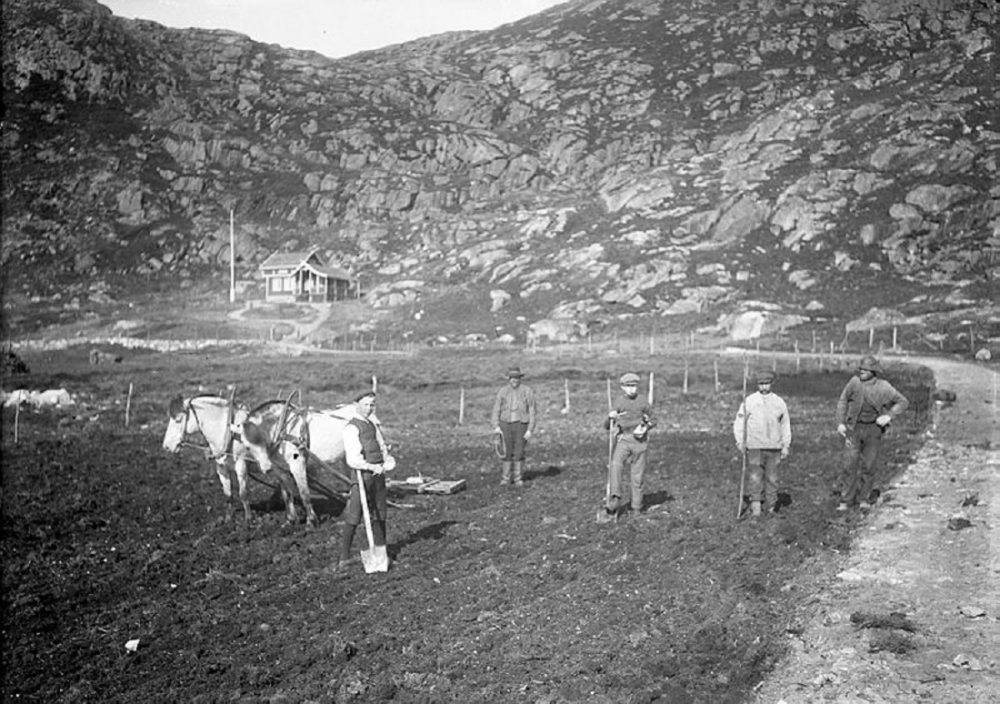
Agriculture has changed tremendously in recent generations, and so has species diversity. This photo is from Ramsdalen in Rogaland county around 1906. Photo: Severin Malmin, State Archives in Stavanger
We need to have tools
Is all the development worth it? The researchers believe that this question is a big reason for why we need new tools that can quantify the values of an area.
“This is where we have to watch our step. Assigning a concrete value to a natural area isn’t important for a lot of people. But political decisions are often based on weighing different considerations against each other. So it could be important to know the value that different areas have in terms of biodiversity and recreation, or for clean water, food, peace and quiet, local affiliation and identity,” says Herfindal.
We also have to recognize that we’ll need new areas for infrastructure and other human activity in the future as well, he says.
“It will then be important to know something about the value of various natural areas. But the challenge is that a value like this can rarely be made in dollars and cents. This makes it difficult to compare the cost of an invasive intervention in a natural area with the socio-economic benefit of a development. That kind of benefit is easier to quantify in a way that politicians and other decision-makers can use,” he says.
The method will be applicable globally, but it also depends on local conditions.
An important goal for the research group is to make visible – and to document – the values of natural settings, both ones that are intact and ones that have already been developed.
“A number of tools already exist, but these haven’t been used very much,” says Ottar Michelsen, a professor at the Department of Industrial Economics and Technology Management at NTNU. “One of our goals is to create a method that companies and businesses can use.”
A method like this will be applicable globally but at the same time be dependent on local conditions, for the simple reason that different ecosystems may respond differently to interventions and impacts. The possibilities for restoring areas will also vary,” Michelsen said.
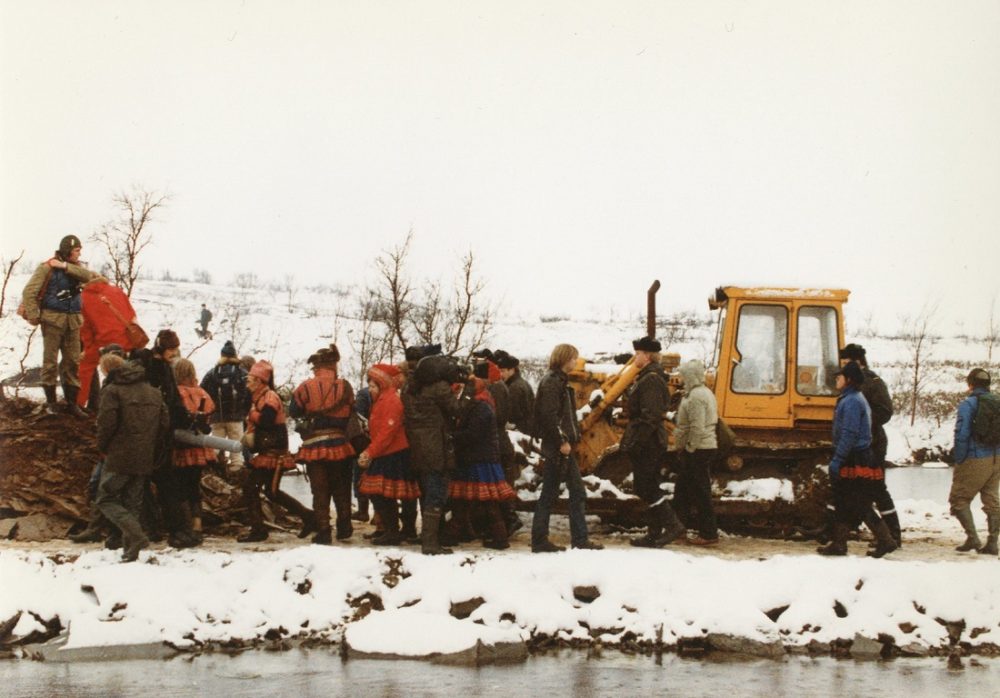
From the protests in 1979, when up to 800 protesters tried to stop the power development of the Alta-Kautokeino watercourse. Photo: The people’s action against the Alta development.
Is it possible to assign a value?
But is it really possible to quantify the value of nature? For example, what is the value of conserving a locally critically endangered species as measured against more renewable energy and lower electricity prices?
“A lot of people might think that a single species seems unimportant measured against our need for food or clean energy. But often endangered species are a good indicator that the type of habitat they live in has high biodiversity or other important values.”
Even in Norway, nature has not been mapped nearly well enough. We simply don’t know what we have, and so we don’t know what we stand to lose, either.
“Unfortunately, we know far too little about the prevalence of both endangered and common species in our environment. We don’t even know what species exist in numerous habitat types – which means that we can’t assess how important an area is for biodiversity locally or for an entire region, like a county,” Herfindal says.
Even in areas where nature has changed, it has value.
Gunhild Setten, a professor in NTNU’s Department of Geography, points out that we also have to remember that opinions about the concept of value can vary widely. While the value of a motorway can be measured in shorter travel time, traffic safety or jobs, quantifying the value of nature for people who experience how the surrounding areas are being destroyed is more difficult.
“And, it’s important to emphasize that even in areas where nature has changed, it has value. So we need to take a closer look at what nature really means for different interests. Different ways of valuing nature need to become more nuanced and visible, and we have to stress the value of nature better when we consider interventions,” says Setten.
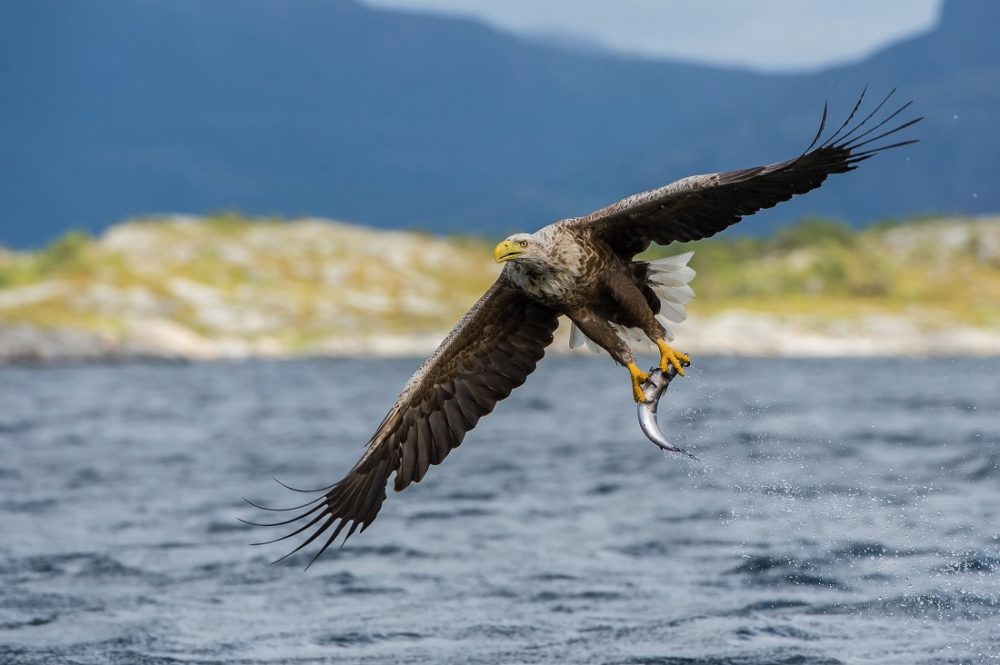
What is the value of a landscape? Can we sacrifice it if the price is high enough? Photo: Shutterstock, NTB
Can everything be sacrificed if the price is right?
But can this kind of information be misused? Couldn’t assigning a concrete value mean that some natural areas might be in even greater danger of development, if the value of what we get back is high enough? Just because a certain model deems it profitable?
“I find it difficult to imagine that more information and knowledge could make the situation worse, if we look at how major development cases have been carried out in recent decades,” Herfindal said.
The environmental basis underlying many decisions is often quite deficient.
The wind turbines at Smøla have killed more than a hundred sea eagles.
“Our impression is that the lack of documenting important environmental values will be interpreted as meaning that no important such values exist in an area that someone plans to develop. One of the reasons for this lack of knowledge is that few or no specific content requirements are set for impact assessments to identify the environmental effects of encroaching on a natural area. We also lack a more comprehensive management of natural areas,” Herfindal says.
Log forests and kill sea eagles?
Clear rules are needed. Recent international news reported that natural areas like the Blue Mountains in Australia and Yosemite in the USA emit more CO2 than they absorb. Taken to the extreme, the thought could cross someone’s mind that we should get rid of the forests and instead put up some wind turbines or solar panels in the name of climate.
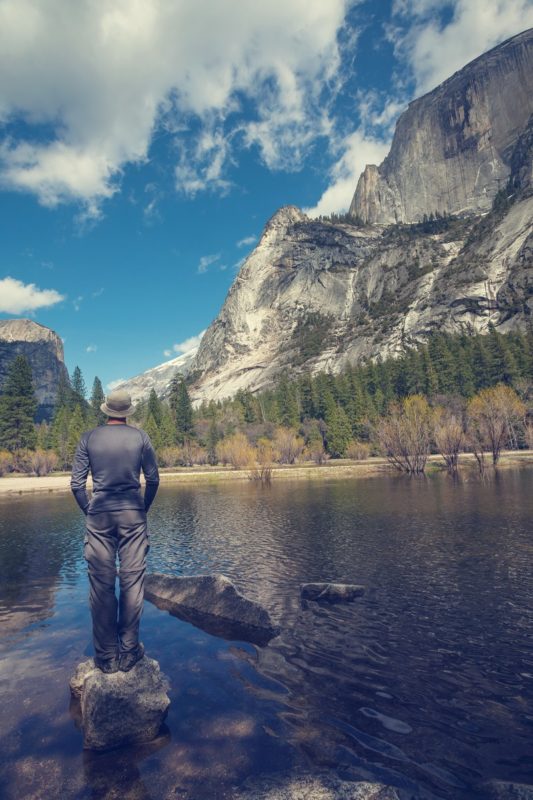
Yosemite in the United States. Would you cut down the trees here for the sake of the climate? Photo: Colourbox
This is not always just theory either. The wind turbines at Smøla in Møre og Romsdal county have killed hundreds of sea eagles.
“These examples show that we need to do a better job communicating what we know. The debate about environmental destruction is often unnuanced,” says Herfindal.
The discussion about how the forest industry can contribute to reducing CO2 emissions is one example. Most of the carbon in forests and other habitats on land is bound in the soil.
Unnuanced debates
“To demolish forests or cut down old-growth forests to plant fast-growing ‘climate-friendly tree species’ means that carbon is released. The result is a much larger emission of carbon – and a strengthening of the greenhouse effect and climate change – than if the forest had been left alone,” says Herfindal.
We want to contribute to a more nuanced understanding of the costs embedded in a planned intervention in nature.
He believes the value of sea eagles versus electricity also lacks nuance. Wind turbines have major environmental impacts in addition to killing many bird species.
“Sea eagles probably attract the most attention because they’re an iconic species that almost went extinct a few decades ago. The high number of sea eagles killed by wind turbines is a very good indicator that several other species are also negatively affected by the wind turbines. The sea eagle has become a symbol of how wind turbines impact nature.”
This kind of symbol can be a positive way to create awareness of the issue. But it can also lead to an unsophisticated debate because we can easily throw all the societal benefits of wind turbines up against a single species.

The world’s population has quadrupled in 100 years. That has a high price. Illustration photo: Colourbox
The world’s population 100 years ago was less than two billion. Today, we are fast approaching eight billion.
“Through our project, we’ll be able to contribute to a more nuanced understanding of what costs planned encroachments on nature will have. It also means that we will need to clarify what we include in the term ‘cost,’” says Herfindal.
- You might also like: Five kilometres between life and death
Is there actually any hope?
The world’s population 100 years ago was less than two billion. Today, we are fast approaching eight billion, a quadrupling in just a few generations. Norway has doubled its population to 5.3 million in the same period.
Isn’t the underlying problem simply that the world is gaining ever more people who all want to have ever more things? Is there any hope of change there?
“Yes, there is hope. Surveys show that the vast majority of people want to experience an intact environment and that Norway needs to stop destroying nature. We also see that companies are facing increasing demands to document that their activity is sustainable, including for biodiversity. For that they need tools that make it possible to meet the requirements of sustainability. The EU has been an important driving force in this regard. That’s why we’re optimistic when we see that biodiversity and environmental values are given priority by most people and at the highest political levels,” Herfindal says.
